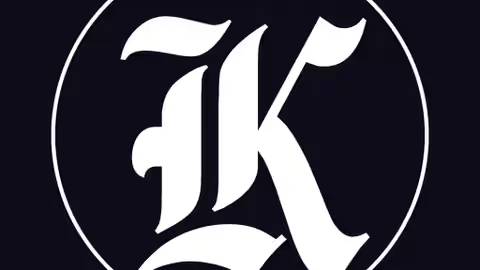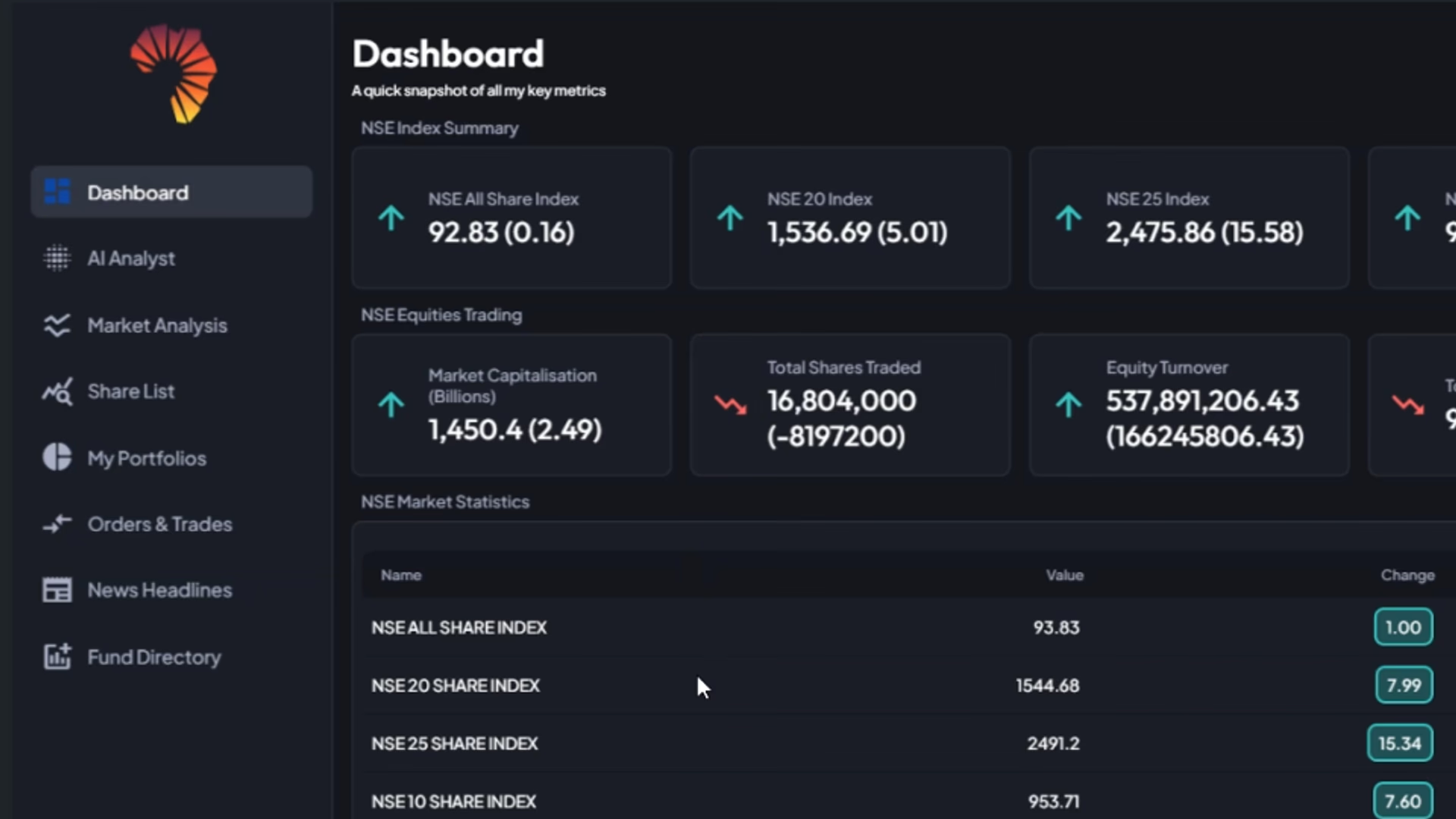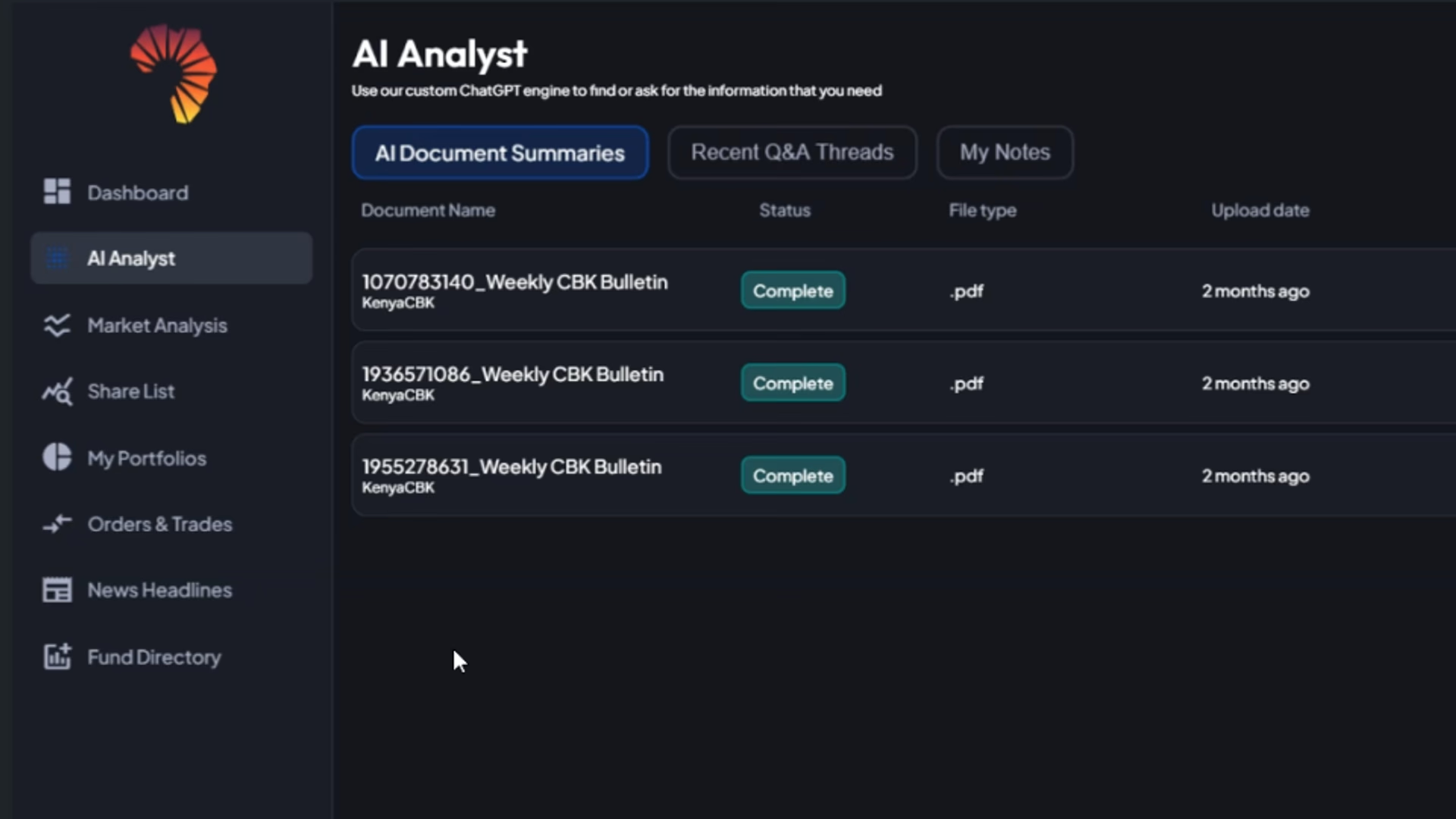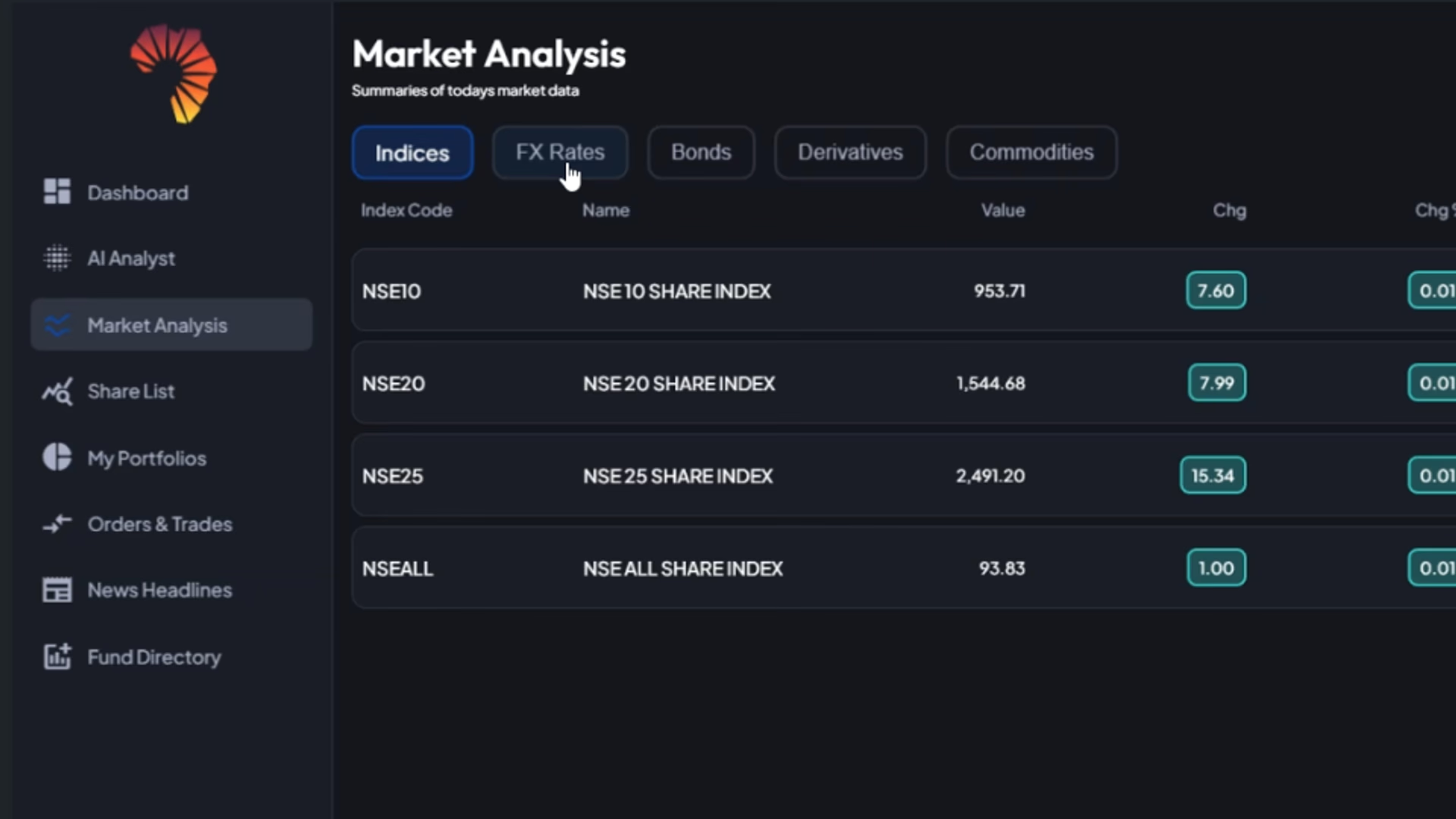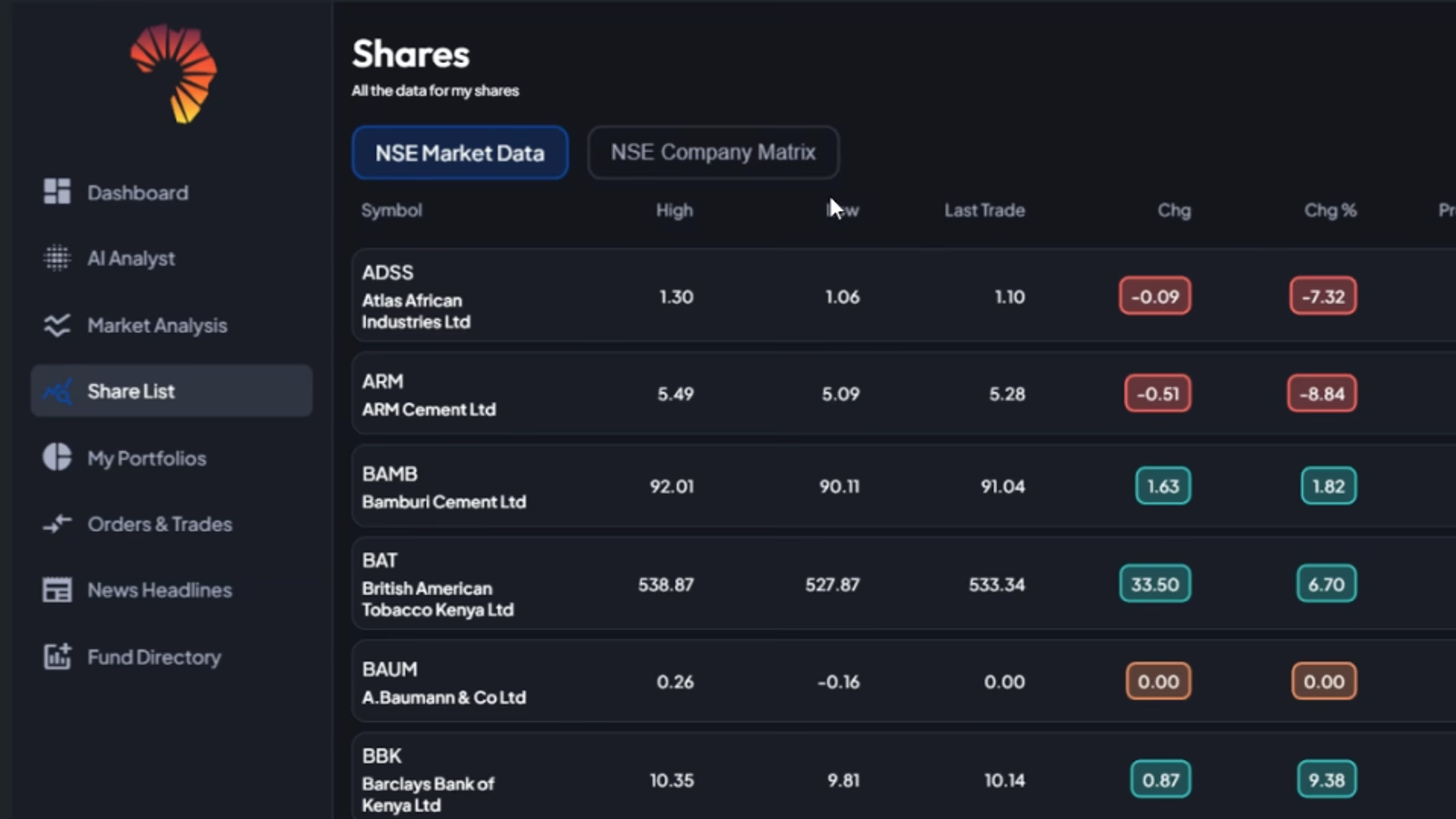Inflation pressures across Africa exhibited divergence in 2024 with central banks adopting monetary policies tailored to country-specific factors such as fiscal concerns.
- •While central banks globally vow that their monetary decisions are made independently, the US Federal Reserve decisions influence the world economies especially in Africa with dollar movements forcing the association.
- •The federal reserve delivered 3 consecutive rate cuts in 2024 and raised the inflation rate outlook as the nation prepares for a Trump’s presidency.
- •The dollar has been bullish in the final quarter of 2024 with monetary policy easing outlook narrowed for 2025, with uncertainty around the other world economies.
African countries with moderate inflation including Kenya, South Africa, Rwanda and Mozambique, have cut interest rates with prudent considerations of well anchored inflationary expectations within their target bands.
High inflation countries including Egypt, Nigeria and Angola have countered with rate hikes coupled with turnaround reforms to the monetary and exchange rate interventions to tame volatility.
In East Africa, Burundi has the highest rate at 12%, closely followed by Kenya at 11.25%, Uganda 9.75%, Ethiopia 7%, Rwanda 6.5%, and Tanzania 6%. Kenya’s Central bank delivered 3 consecutive jumbo cuts in the benchmark rate, closing 2024 at 11.25% from a high of 13% in February.
Kenya’s economy slowed down in the hind quarters of 2024 hence the dovish move by the Central bank with anticipation of continued shilling stability and recovery of economic activity. Inflation eased from highs of 6.9% in January, now anchored within the central bank’s targets. `
The South African Reserve bank cut its key interest rate by 100 basis points in 2024 to 7.75%. The country saw inflation slow down to comfortable levels as the Rand held steady.
Egypt hiked its rates by 8% in 2024 to 27.25% in December from 19.25% in January. Inflation rate slowed down in November to 25.5% above the apex bank’s target as fuel and cigarettes prices surged.
From Harare to Abuja
Zimbabwe’s central bank maintained the benchmark rate at 35% in December from a high of 150% at the beginning of the year. Inflation in November eased significantly to 11.7% compared to 37.2% in October as the ZiG regained strength. The Reserve Bank of Zimbabwe replaced the Zimbabwean dollar with a new gold backed currency – ZiG in April in a 6th attempt to stabilize and strengthen the country’s currency.
In the late days of September, the Reserve bank of Zimbabwe devalued the ZiG by 43%, from 13.56 to 24.4 against the dollar in a bid to stabilize the volatile economy.
Angola’s central bank hiked its benchmark rate by 200 basis points in 2024, closing the year at 19.50% – the highest level since 2022. Inflation rate in Angola remained elevated with the latest showing a slowdown to 28.41% amid the Kwanza’s recovery.
The Central Bank of Ghana (BOG) lowered its rate slightly in September and maintained it at 27% in November, to tackle stubborn inflation and ease pressures on the exchange rate. Ghana’s inflation climbed to 23% in November owing to rising food prices. The Ghana Cedi has come under pressure in 2024 on the back of investor jitters on the prolonged debt restructuring and the subdued foreign exchange earnings from cocoa – world’s 2nd largest producer.
Zambia’s central bank hiked its benchmark rate to 14% in November, the highest since 2017 in order to tame inflationary pressures and buoy the Kwacha. Inflation quickened to 16.5% in November driven by severe effects of prolonged drought as the Zambian Kwacha depreciated against the dollar.
Nigeria’s Central Bank raised its benchmark rate for a 6th consecutive time in the year to 27.5% seeking to slow down the stubborn inflation and stabilize the Naira in anticipation of high dollar demand. Inflation in the West African country climbed to 34.6% in November as food prices edged higher.
The Naira depreciated against the dollar by about 46% in the year – listed among worst performing currencies – driven by dollar shortages even as the central bank sold dollars in the market to boost liquidity, with the free-floating system remaining insignificant. Meanwhile, the Nigerian government raised US$ 2.2 billion in a Eurobond auction, attracting 400% demand to finance its growing budget deficit.
